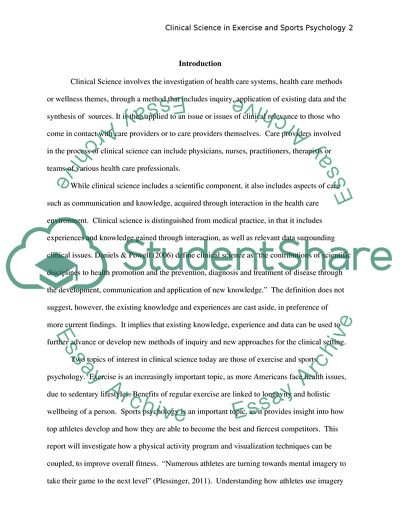Cite this document
(The Use of Mental Imagery Is Helpful for Athletes Research Paper - 1, n.d.)
The Use of Mental Imagery Is Helpful for Athletes Research Paper - 1. Retrieved from https://studentshare.org/sports-and-recreation/1748700-applied-science-report
The Use of Mental Imagery Is Helpful for Athletes Research Paper - 1. Retrieved from https://studentshare.org/sports-and-recreation/1748700-applied-science-report
(The Use of Mental Imagery Is Helpful for Athletes Research Paper - 1)
The Use of Mental Imagery Is Helpful for Athletes Research Paper - 1. https://studentshare.org/sports-and-recreation/1748700-applied-science-report.
The Use of Mental Imagery Is Helpful for Athletes Research Paper - 1. https://studentshare.org/sports-and-recreation/1748700-applied-science-report.
“The Use of Mental Imagery Is Helpful for Athletes Research Paper - 1”, n.d. https://studentshare.org/sports-and-recreation/1748700-applied-science-report.


